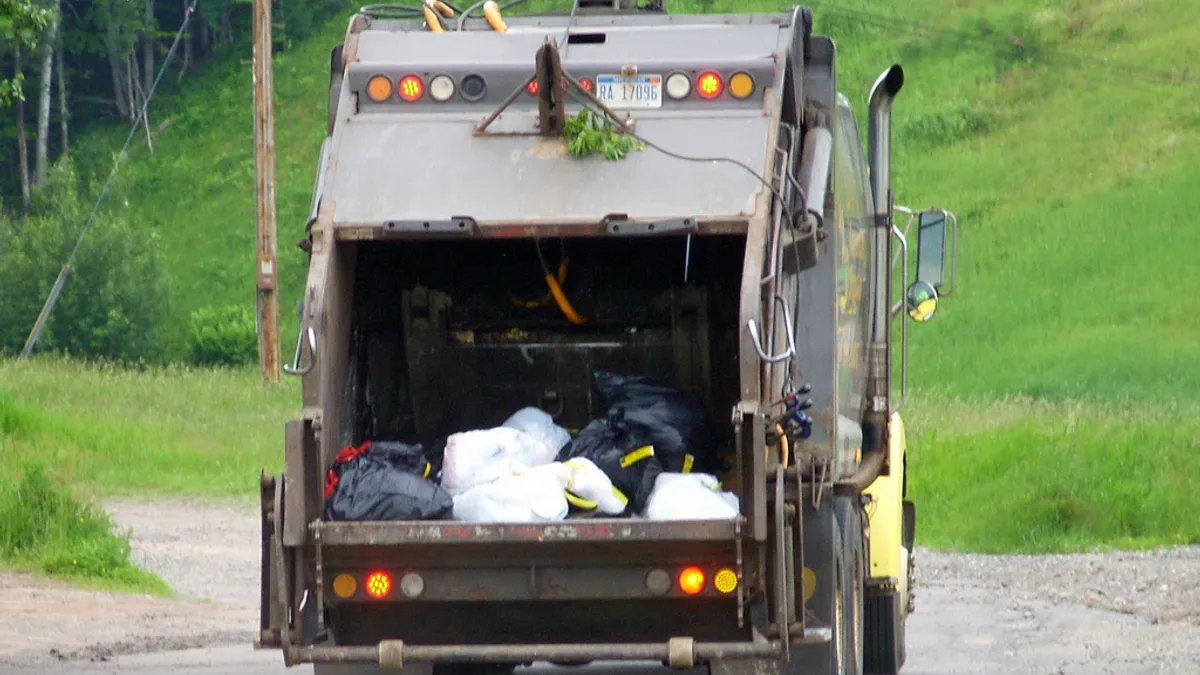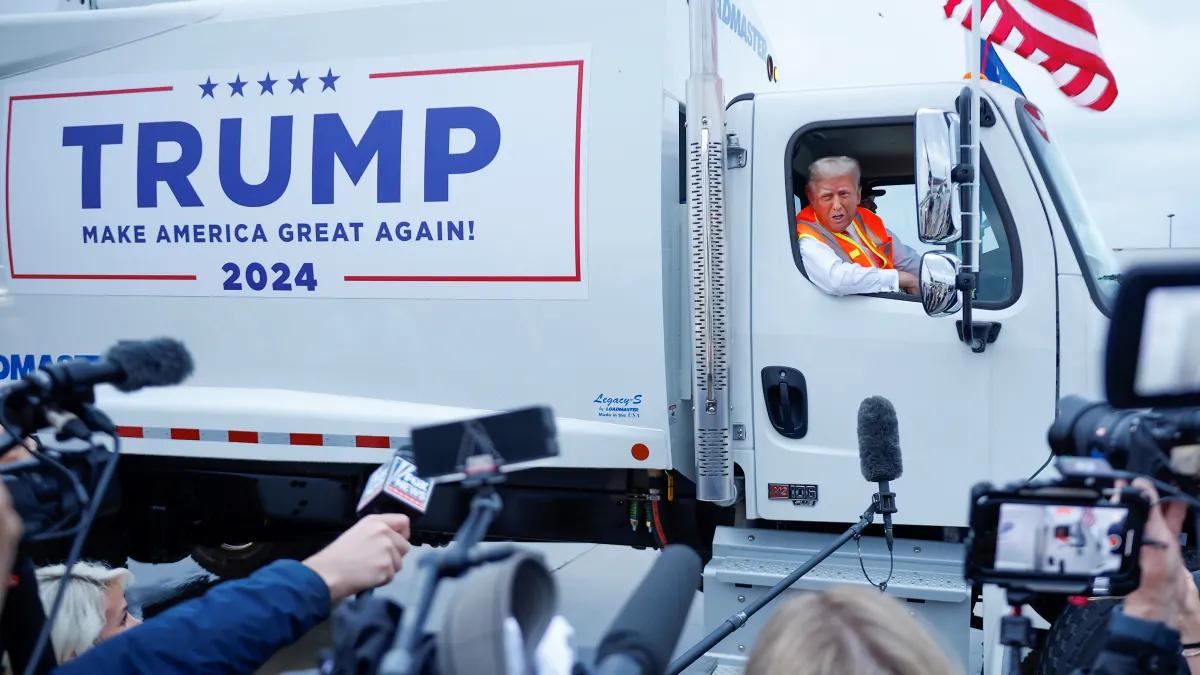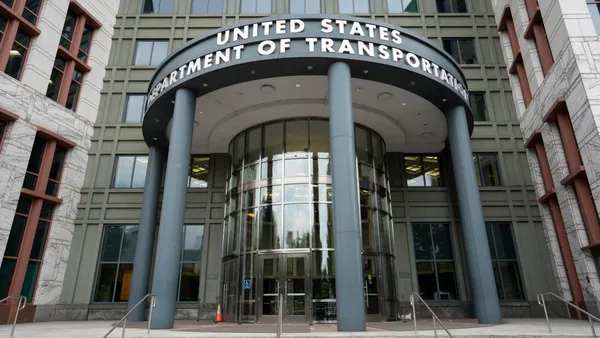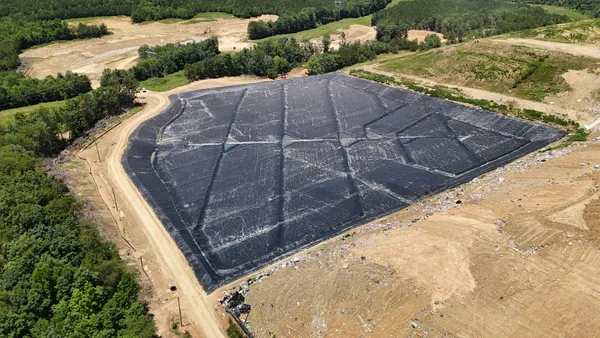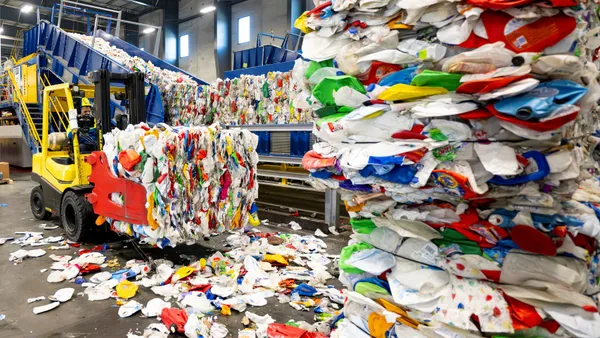Dive Brief:
- The National Waste & Recycling Association (NWRA) has released new camera proximity sensor guidelines to educate waste and recycling haulers on the use of cameras in their operations. The guidelines were developed to heighten drivers’ awareness of their surroundings by improving visibility and reducing blind spots, ultimately mitigating risk for an accident, injury, or fatality.
- Among the ongoing work of the NWRA Safety Committee, the camera sensor guidelines follow the Site Safety Best Practices released in December 2015, and they are part of a series of educational materials for the association’s members and partners.
- The release of these instructional safety materials occurs one week before the NWRA’s one-week National Safety Stand Down on Backing to introduce truck backing safety protocols. Sponsored by 3rd Eye Cam Powered by AWTI, the event is also supported by California Refuse and Recycling Council, the Oregon Refuse and Recycling Association, the Washington Refuse and Recycling Association and the Solid Waste Association of North America.
Dive Insight:
The NWRA is dedicating this Stand Down to the topic of truck backing because this practice ranked high among causes of accidents in the solid waste management industry in 2015.
"What’s intended is to focus the industry on key safety aspects of backing safely or looking for opportunities to avoid backing at all," explained NWRA President and CEO Sharon Kneiss.
SWANA CEO David Biderman, whose association is supporting the Stand Down, has commended NWRA for its focus on safety. SWANA noted its own focus on safety across North America has become a top priority.
"Backing incidents comprise about 25% of all accidents and injuries in the waste industry, and it is important to focus on backing, both during the Safety Stand Down and throughout the year," said Biderman in a press statement.
NWRA Vice President of Communications Christopher Doherty explained that truck backing guidelines have not always been clear, and some drivers may feel compelled to back the truck when it is unnecessary, heightening risk for avoidable accidents during collections.


